 | ||
Similar Perry, Cider, Table apple, Kingston Black Apple, Pommeau | ||
Cider apple varieties in our orchard contrasted
Cider apples are a group of apple cultivars grown for their use in cider production, distinguished from cookers and eaters by their generally poor qualities for these uses, often because of bitterness or dryness of flavour. Some apples are considered to occupy more than one category, and so can be referred to according to context.
Contents
- Cider apple varieties in our orchard contrasted
- Classification of cider apples
- Styles
- Single varietal cider cultivars
- References
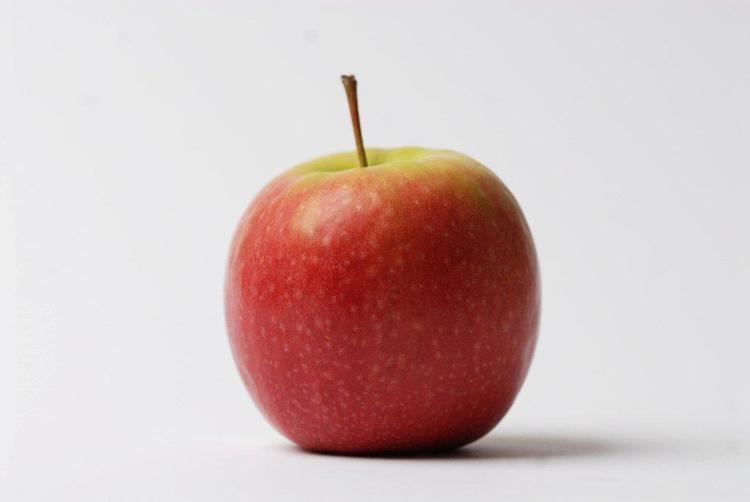
In the UK the Long Ashton Research Station categorised cider apples in 1903 into four main types according to the nature of their flavour components. For cider production it is important that the fruit contains high sugar levels which encourage fermentation and raise the final alcohol levels. Cider apples therefore often have higher sugar levels than dessert and cooking apples. It is often also considered important for cider apples to contribute tannins, which add depth to the finished cider's flavour.
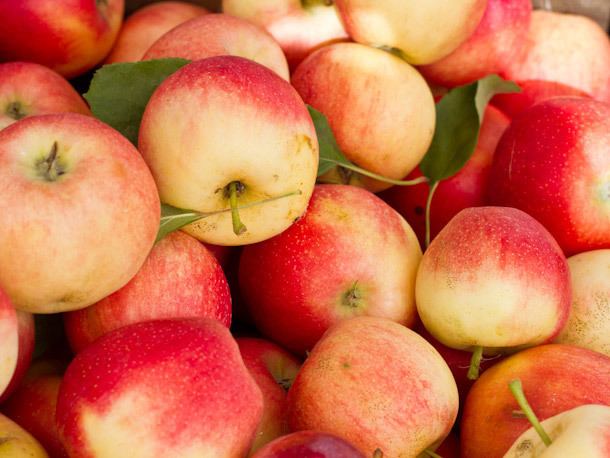
Classification of cider apples

The first director of Long Ashton Research Station, Professor B.T.P. Barker, chose tannin & malic acid percentages in juice to indicate belonging to one of four flavour categories, with the expectation that a balanced flavour in the finished cider would need some juice from a member of each category.
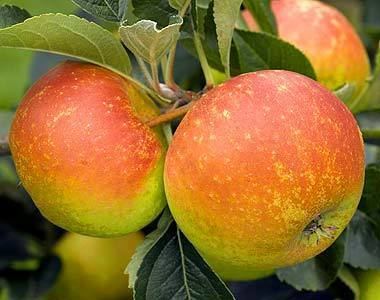
Other measurements taken of apple varieties towards use in cider, include pH, polyphenol content, and Brix.
Styles
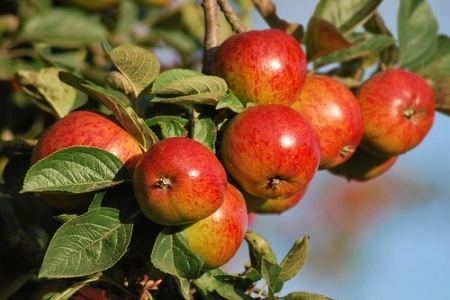
Cider is made in several countries and can be made from any apples. In the UK there are two broad styles: one using dessert (eating) and culinary (cooking) apples (Eastern Counties style) and one using special cider apples used only for cider production (West Country style). In the US, the freestanding term "cider" typically refers to apple cider, unfiltered apple juice, virtually all of which outside of roadside orchards and farmers markets is pasteurized to prevent bacterial contamination, which also kills off the natural yeasts which lead to fermentation; the specific term "hard cider" is used to refer to the fermented alcoholic variety.
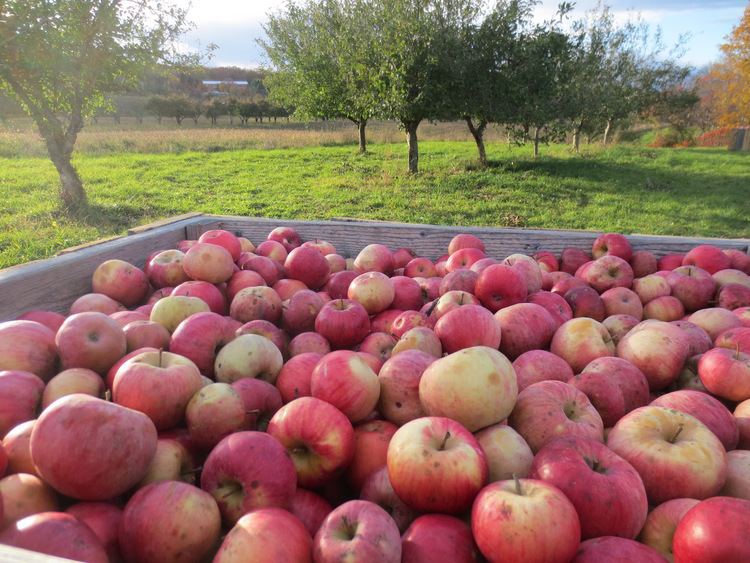
Historically the flavours preferred and varieties used to produce cider have varied by region. Many of the most traditional apple varieties used for ciders come from or are derived from those from Somerset and Herefordshire in England, Normandy in France, and Asturias in Spain, and these areas are considered to have their own broad cider styles although the many exceptions make this more of a historic footnote. Normandy cider is usually naturally carbonated and clear: Asturian cider apple varieties are mainly 'sharps' or mild 'bittersweets', producing a mildly acidic cider which is customarily served by being poured from height into the glass to oxegenate it.
In England, there are a number of more specific regional styles. The ciders of Devon were often made largely from 'sweets', the cultivars low in acid and tannins that typified the county's orchards. Devon cidermakers also specialised in "keeved", or "matched" cider, where fermentation was slowed to produce a naturally sweet finish, though such ciders were usually intended for the London market and a fully fermented, dry "rough" cider was preferred for home consumption. Somerset ciders, by contrast, have tended to be stronger and more tannic. 'Bittersweet' cultivars, locally known as "Jersey" apples, were typical of Somerset, although the county's most famous apple, Kingston Black, was a mild 'bittersharp'. The West Midland county of Gloucestershire traditionally favoured 'bittersharp' apples, giving strong ciders with a higher bite of acidity and tannins: neighbouring Worcestershire and Herefordshire also favoured acidic cider apples, but their growers also made plantings of dual purpose apples to take advantage of markets in nearby industrial centres.
Single varietal cider cultivars
Historically ciders have been almost invariably made from blending apple varieties, and the practice of making single variety ciders is considered largely a modern approach. Only a very small number of apple varieties are considered to make a good single-variety cider. These fruit are designated as having "vintage" quality, a term first introduced by Hogg in 1888, and further popularised by Barker at Long Ashton: it should be understood as referring to the cultivar's ability to produce complex and interesting flavours, rather than in the sense "vintage" is used in winemaking.
Although considered suitable for single-variety ciders, they can also contribute well to blends.
